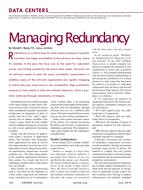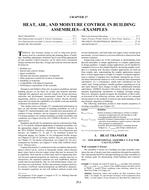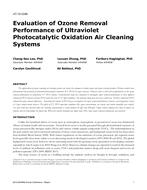Click here to purchase
The number of wireless, indoor environment monitoring devices are increasing with the improving measurement technology. This development enables thepossibility of deploying many of these sensors in buildings to improve the indoor environment control. Wireless sensors could possibly replace the wiredsensors that are integrated in Building Management Systems (BMS) or could be used to develop a remote commissioning process for smaller buildings(those typically without BMS). Yet, if these sensors will be used for commissioning and diagnosing the building operation, it is crucial to determine theirmeasurement capabilities and limitations.Within the scope of this study, a thorough analysis of the commercially available wireless indoor environment sensors was made and six sensors fromdifferent manufacturers were chosen. These sensors were tested in a climate chamber under strictly controlled temperature and CO2 concentrations(temperatures of 16, 20, 25 and 30 °C, 60.8, 68, 77, 86 °F and CO2 concentrations of 400, 800, 1200, 1600 and 1930 ppm, resulting in 20combinations). Three identical sensors for each of the six selected sensor types were tested. Additionally, the effects of the calibration temperature on theaccuracy of the CO2 measurements, and the effects of different humidity levels on the CO2 measurements were examined. The measurements oftemperature, relative humidity and the CO2 concentrations from these sensors were compared to reference instruments to quantify the deviations from theactual conditions in the climate chamber.Determining the capabilities and limitations of wireless indoor environment sensors (quantification of the deviations from the actual conditions) enablesstudying the effects of each of these sensors on the HVAC system operation, energy use and indoor environment, if the measurements from one of thesesensors were used as inputs to the HVAC system. These effects will be reported in another study using a case study building.
Citation: 2019 Winter Conference, Atlanta, GA, Conference Papers
Product Details
- Published:
- 2019
- Number of Pages:
- 7
- Units of Measure:
- Dual
- File Size:
- 1 file , 1000 KB
- Product Code(s):
- D-AT-19-C023


